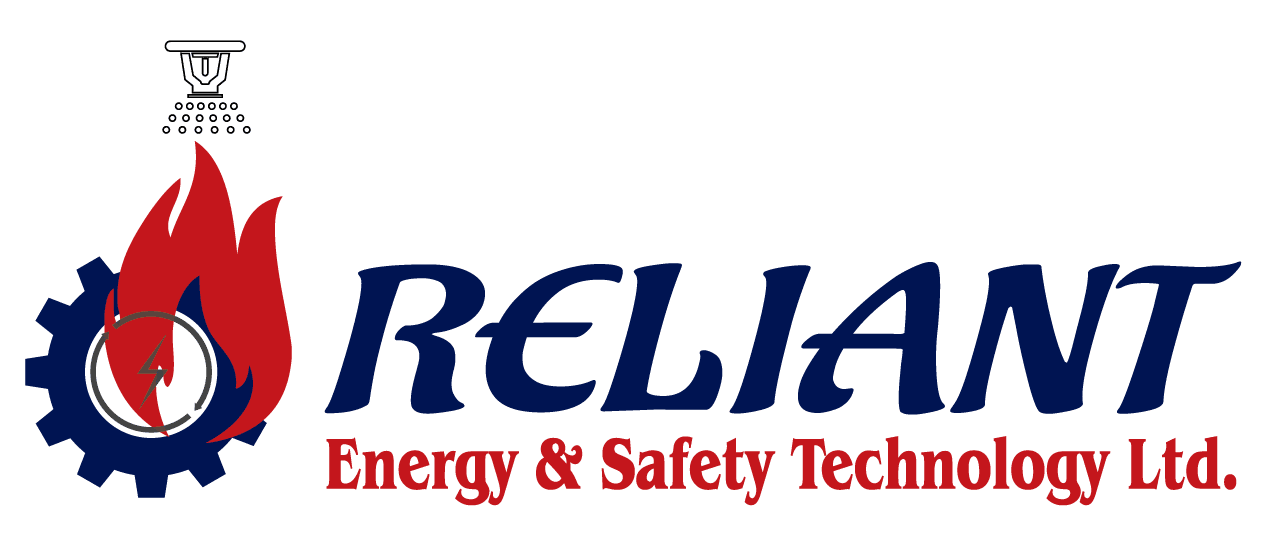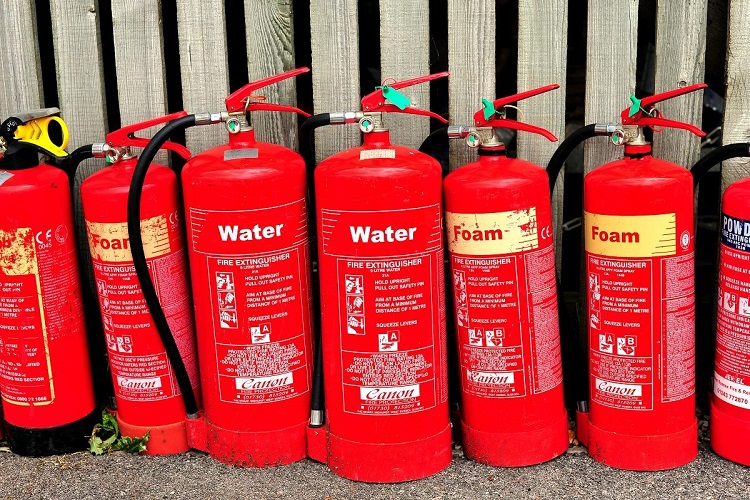“How to Choose the Right Fire Extinguisher” is a very important fire safety skill that can make a huge difference in a fire emergency. Fire extinguishers put out fires first, and choosing the right one is important for controlling their spread. It may seem hard to choose the right fire extinguisher because there are different types of fires and different types of extinguishers made to put them out.
This guide is meant to take the mystery out of the process and give you the information and confidence you need to choose the best fire extinguisher for your needs. Knowing how to choose the right fire extinguisher is important for protecting lives, keeping property safe, and making all areas safer from fire. This is true whether you’re in your home, at work, or in a public place. Come with us as we talk about the most important things you need to know and think about in order to make smart decisions during a fire situation.
What type of hazards are you dealing with?
The types of fire risks in your home or business will help you figure out what kind of fire is most likely to happen. Most of the time, things that can catch fire are everyday things that can catch fire, flammable liquids like oil or gas, or electrical tools and machines.
There are different types of fire extinguishers based on the type of fire they can put out. Labels on older fire extinguishers are coloured geometric shapes that show what type of fire extinguisher they are. Labels on newer extinguishers are pictures that show what kinds of fires they can put out.
Class A: Ordinary combustible materials (paper, cloth, wood)
Paper, cloth, and wood are just a few of the everyday flammable things that can catch fire. These things are often a risk in many places because they easily catch fire and feed fires. Keeping these everyday things safe from fire requires proper storage, containers that won’t catch fire, and following fire safety rules. To keep people and property safe, it’s important to be alert and ready to stop and deal with possible fires involving everyday flammable materials.
Class B: Flammable liquids (grease, gasoline, oil)
Liquids that can catch fire easily, like grease, petrol, and oil, are very dangerous because they can spread quickly. Their instability makes it very important to store and handle them safely. It’s important to take precautions like using the right containers for storage, putting flammable liquids in the right places, and following safety rules to the letter. To successfully fight potential fires involving flammable liquids and protect lives and property, it is also important to have the right fire suppression equipment, such as fire extinguishers designed for Class B fires.
Class C: Electrical equipment (appliances, tools)
Electrical tools and machines, among other things, are a major fire risk. Electrical fires can happen because of bad wiring, lines that are overloaded, or broken equipment. To lower the risk, it’s important to do regular upkeep, use it correctly, and follow safety rules. It is very important to use the right kind of fire extinguisher for Class C fires in case of an electrical fire. Being careful and aware when working with electrical tools is important for keeping people and property safe and preventing fires.
Class D: Flammable metals
Working with metals that can catch fire comes with its own set of risks. Metals like magnesium, titanium, and lithium are very explosive and can catch fire when they come into contact with air, water, or even friction. To stop fires from starting with explosive metals, you need special tools and knowledge. Controlled environments, clothing that won’t catch fire, and special fire-putting substances like dry powder are all safety steps. People who work with flammable metals need to be aware of the risks that come with burning them and follow strict safety rules to keep everyone safe in study or industrial settings.
Class K: Cooking oils (vegetable oil, animal fat)
Cooking oils, like animal fat and vegetable oil, can be very dangerous, especially in professional kitchens. These oils can quickly catch fire when heated to the point where they can catch fire. To lower the risk, it’s important to keep a close eye on the food, have fire suppression systems like kitchen hoods and Class K fire extinguishers in place, and make sure that everyone on staff knows how to follow fire safety rules. Storing and getting rid of used cooking oil the right way is also important for keeping the kitchen safe and stopping fires.
Different Types of Fire Extinguishers
Water extinguishers
Most people have these fire extinguishers, and they can put out Class A fires. Different places can use four different types of fire extinguishers: water spray, water jet, water mist or fog, and water with chemicals.
Foam extinguishers
You can put out both Class A and B fires with these. When these fire extinguishers are used, they cover the top of the liquid and starve the fire. These can’t be used for fires with liquids that move freely. The labels on the fire extinguishers are cream.
Powder extinguishers
Powder extinguishers can put out Class A, Class B, and Class C fires, because they are multipurpose. These fire extinguishers put out electrical fires, but they don’t cool the surface. In other words, the fire can start up again.
Conclusion
Finally, picking the right fire extinguisher is an important part of fire safety. It is very important to know the different types and which ones work best for which fire classes. You can make an intelligent choice if you think about the specific fire risks in your area and follow safety rules. In a fire emergency, the right fire extinguisher is your first line of defense. It doesn’t matter if the fire is caused by common flammables, flammable liquids, electrical equipment, or something else. Being well-prepared not only keeps people safe but also keeps property safe. Making smart decisions is an important part of any complete fire safety plan.

